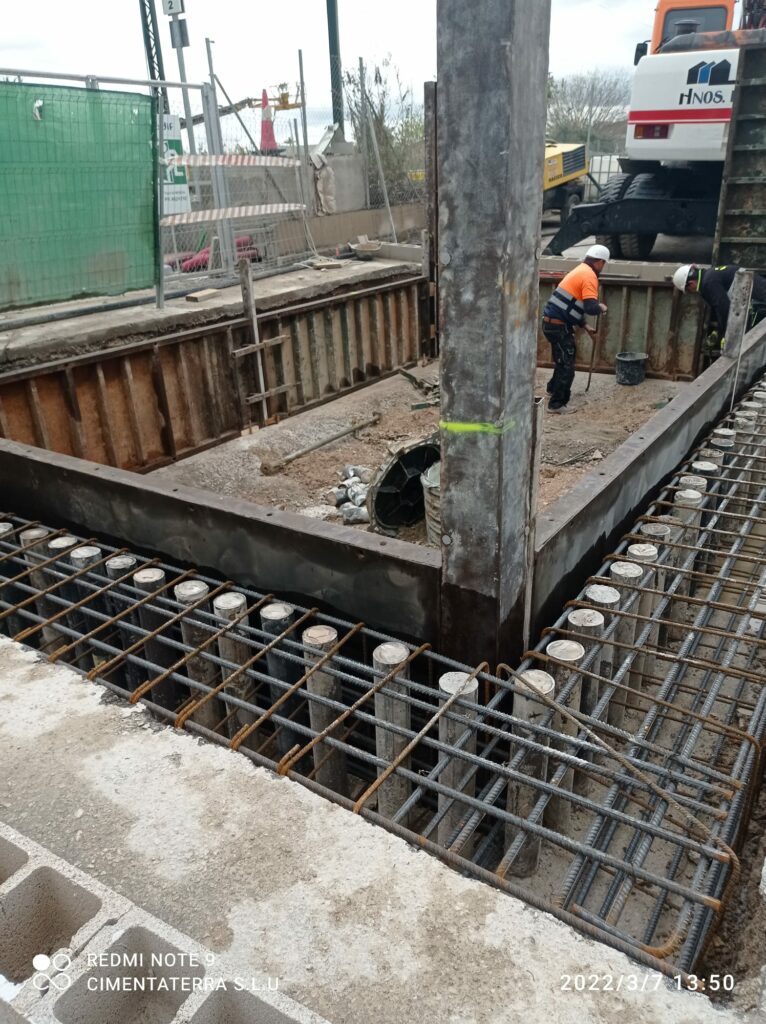Screen Wall
Diaphragm Wall in Cartagena: The Efficient Solution for Ground Stability
In the construction and civil engineering sector, the screen wall in Cartagena It has become an essential solution to ensure the stability and safety of land in large-scale projects. This type of structure allows the containment of soil in deep excavations and the prevention of landslides, offering a solid base for buildings and public works.
What is a Screen Wall in Cartagena and What are its Uses?
He screen wall in Cartagena It is a retaining structure that is built vertically before excavation is carried out. It is mainly used to prevent ground displacement and to support loads from adjacent buildings or infrastructure. It is manufactured by excavating trenches that are subsequently filled with reinforced concrete or prefabricated elements, creating a strong and stable barrier.
The main uses of screen wall in Cartagena include:
- Construction of basements and underground parking lots: Allows safe excavations to be carried out without affecting the stability of surrounding buildings.
- Urban Infrastructure Projects: Used in underpasses, bridges and other large-scale works.
- Flood Protection: It acts as a barrier to control groundwater, preventing leaks and structural damage.
- Earth Containment in Sloping Areas: Prevents landslides in areas with steep slopes.
- Excavations in urban environments: Essential for projects in areas with high building density, ensuring structural safety.
Thanks to its versatility and resistance, the screen wall in Cartagena It is an indispensable solution in modern construction.


Benefits of a Screen Wall in Cartagena
The use of a screen wall in Cartagena offers numerous benefits, among which the following stand out:
- Increased SecurityBy providing structural stability, risks of collapses and landslides are avoided.
- Reducing Environmental Impact: By minimizing land disturbance and controlling groundwater flow, the environmental impact of the project is reduced.
- Adaptability to Different Types of Soil: They can be built on complex terrain, including areas with water presence or high urban density.
- Space Optimization: Allows the development of buildings in areas with space limitations, such as urban centers.
- Efficiency in Execution Time: Its construction is fast and efficient, allowing for faster construction times.
At Cimentaterra, we guarantee the construction of diaphragm walls with the highest standards of quality and safety, ensuring their effectiveness in each project.
In short, a screen wall in Cartagena is the ideal solution to ensure ground stability in deep excavations and large-scale projects. With Cimentaterra, you can be sure that you will receive a professional, efficient service tailored to your needs. Contact us and find out how we can help you take your project to the next level!

